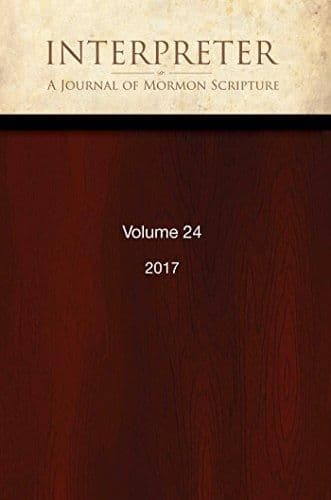Journal
How Joseph Smith’s Grammar Differed from Book of Mormon Grammar: Evidence from the 1832 History

Title
How Joseph Smith’s Grammar Differed from Book of Mormon Grammar: Evidence from the 1832 History
Publication Type
Journal Article
Year of Publication
2017
Authors
Carmack, Stanford (Primary)
Journal
Interpreter: A Journal of Latter-day Saint Faith and Scholarship
Pagination
239-259
Volume
25
Abstract
Some of the grammar of Joseph Smith’s 1832 History is examined. Three archaic, extra-biblical features that occur quite frequently in the Book of Mormon are not present in the history, even though there was ample opportunity for use. Relevant usage in the 1832 History is typical of modern English, in line with independent linguistic studies. This leads to the conclusion that Joseph’s grammar was not archaizing in these three types of morphosyntax which are prominent in the earliest text of the Book of Mormon. This corroborating evidence also indicates that English words were transmitted to Joseph throughout the dictation of the Book of Mormon.
Subject Keywords
Bibliographic Citation
Terms of use
Items in the BMC Archive are made publicly available for non-commercial, private use. Inclusion within the BMC Archive does not imply endorsement. Items do not represent the official views of The Church of Jesus Christ of Latter-day Saints or of Book of Mormon Central.